Comments / Questions (59)
![]() Jeannie wrote:
Jeannie wrote:
I see a tip regarding decreases, but I never see the pattern call for any decreases?
22.12.2024 - 03:12DROPS Design answered:
Dear Jeannie, you work the decreases at the very end of the pattern: "When piece measures 12-15 cm, work dc as before and change colour as follows: 2 rounds black, 3 rounds medium brown, 1 round black and on this round dec 12-14 dc evenly – READ DECREASE TIP (= 76-82 dc remain)" or, for the US version, "(When piece measures 12-15 cm, work dc as before and change colour as follows: 2 rounds black, 3 rounds medium brown, 1 round black and on this round dec 12-14 dc evenly – READ DECREASE TIP (= 76-82 dc remain)". Happy crochetting!
22.12.2024 - 20:35
![]() Don Lynne wrote:
Don Lynne wrote:
I am confused by the decrease section. I want to make the small hat, will I decrease each of the color changing rows by the same number of stitches? How do I know if I work together every 6, 7, or 8th stitch?
11.02.2024 - 19:16DROPS Design answered:
Dear Don, for the smallest size you work always as indicated first in a sequence. In the case of the decreases, as indicated in DECREASE TIP, work together every 7th and 8th dc. That is, *6 dc, work the next 2 dc together*. Repeat from * to * 12 times. This is worked only in the black round, where there are no color changes. Happy crochetting!
12.02.2024 - 00:00
![]() Don wrote:
Don wrote:
When decreasing for the small hat, do I decrease each row by the same number of work together stitches? I am doing the small hat do I decrease every 6, 7, or 8 stitches?
11.02.2024 - 19:14DROPS Design answered:
Dear Don, for the smallest size you work always as indicated first in a sequence. In the case of the decreases, as indicated in DECREASE TIP, work together every 7th and 8th dc. That is, *6 dc, work the next 2 dc together*. Repeat from * to * 12 times. This is worked only in the black round, where there are no color changes. Happy crochetting!
11.02.2024 - 23:59
![]() Anna wrote:
Anna wrote:
Ja det har jeg. Ok men det er fellingen jeg trenger hjelp med. Jeg får det ikke til når jeg teller. Kan dere hjelpe meg med det?
22.01.2024 - 14:59DROPS Design answered:
Hei Anna. Beklager, men skjønner ikke hva du ikke får til når du teller? Om du har 96 masker og skal felle 14 masker jevnt fordelt, hekler du en omgang der du hekler 2 fastmasker sammen 14 ganger jevnt over omgangen (du hekler ca 4 fastmasker, så 2 fastmasker sammen, så hekler du 5 fastmasker, så 2 fastmasker sammen, så gjentar du dette omgangen ut). Du skal da få 82 masker. mvh DROPS Design
29.01.2024 - 13:16
![]() Anna Johansson wrote:
Anna Johansson wrote:
Hei,har et spørsmål om når jeg skall felle av str. L/XL Det står at man skal hekle sammen 7,8-6,7 masker på omgangen. Skal bli 82 masker og 14 masker som felles av. Har tellt mange ganger. For ikke det at stemme. Det blir masker til overs. Hva gjør jeg for feil?
19.01.2024 - 18:48DROPS Design answered:
Hei Anna. I str. L/XL har du 96 masker når økningene / 13. omg er ferdig. Så hekler du til arbeidet måler 15 cm, bytt farge og samtidig skal det felles 14 fastmasker jevnt fordelt i str. L/XL = 96 - 14 = 82 fastmasker. mvh DROPS Design
22.01.2024 - 14:08
![]() Abby wrote:
Abby wrote:
Row 5 makes the hat have a strange bump … is this meant to be that way?? I don’t understand why it doesn’t just increase evenly … I’m already on row 14 and don’t want to pull it out …
05.01.2024 - 06:03DROPS Design answered:
Dear Abby, make sure your tension is right and you still keep it, on 5th round you won't increase, but you will then continue increasing. Happy crocheting!
05.01.2024 - 08:25
![]() Julia wrote:
Julia wrote:
Hallo, super tolle und einfache Anleitung allerdings habe ich Probleme mit der Größe. Ich bin Anfänger und das wäre meine zweite Mütze. Der Kopfumfang ist 60 cm und ich habe naach der Anleitung für L/XL gehäkelt. War auch eigentlich schon fertig aber leider war die Mütze immer noch zu Eng. Die hat mir gepasst, ich habe ca einen Umfang von 58 cm. Kann es daran liegen, dass ich vielleicht zu eng gehäkelt habe? Die erste Mütze war nämlich auch zu eng.
03.01.2022 - 08:43DROPS Design answered:
Liebe Julia, die Mütze soll immer etwas fester sein, damit die Mütze richtig hält, aber gerne können Sie weniger Maschen abnehmen, je nach der gewünschte Größe/Umfang. Gerne wird Ihnen Ihr Laden damit helfen, auch telefonisch oder per E-Mail. Viel Spaß beim häkeln!
03.01.2022 - 13:17
![]() Jason Ebert wrote:
Jason Ebert wrote:
Hallo ich habe ihr Anleitung gelesen und wollte es nach machen nur ich habe da ein Problem bei Runde 3, da steht wie folgt: \" 3. Runde: 1fm in die nächste fm*, von * - * wdh 24fm.\" und dazu ist meine frage, wenn ich die 2 Reihe so fort setze komme ich am ende der Runde auf 36, wie komme ich auf die 24 fm?. Ich habe vieles Probiert aber dies ist mir nicht gelungen. ich finde euche anleitung Toll macht weiter so, Bleibt Gesund. mit freundlichen gruß Jason
02.01.2022 - 10:49
![]() Geri wrote:
Geri wrote:
When you say hat measures 8 to 9 inches from the top, top of what please
21.08.2021 - 21:05DROPS Design answered:
Dear Geri, it is measured from teh top of the hat (from the point you started making it. Happy Stintching!
22.08.2021 - 01:02
![]() Claudia wrote:
Claudia wrote:
I have never the term "get yarn" in a crochet pattern. When I clicked "here" for terms, the size chart opens. Both links lead to the size chart. There is no explanation of terms available. So, what does "get yarn" mean?
07.01.2021 - 13:54DROPS Design answered:
Dear Claudia, I cannot find this wording in this pattern, maybe you could ask the question under the question section of one of a pattern you found this wording, this will be the best way to be sure to answer you properly. Thanks for your comprehension.
07.01.2021 - 16:22
Carmel |
|
 |
 |
Crochet DROPS men's hat in “Nepal”.
DROPS Extra 0-980 |
|
|
CROCHET INFO: After last dc on the round, continue to next round with 1 dc in next dc (= first dc from previous round). NOTE: Insert a marker at the beg of round between last dc and first dc on the round, move the marker upwards. Work dc in back loops on sts before a stripe pattern. MAGIC CIRCLE: Start with this technique to avoid hole in the middle (instead of ch-ring): Hold the yarn end and wind the yarn one time around the index finger to make a loop. Hold the loop with left thumb and middle finger, place the yarn over left index finger. Insert hook through the loop, make a YO and pull yarn through loop, work 1 ch, then work dc around the loop. When the desired no of dc have been reached, pull the yarn end to tighten the loop. Fasten yarn end on the back and continue to work in the round in a circle. DECREASE TIP: Work approx. every 7th/8th dc - 6th/7th dc on round. Work 2 dc tog as follows: Insert hook in first dc and pull yarn through, insert hook in next dc and pull yarn through, make a YO and pull yarn through all sts on hook. -------------------------------------------------------- HAT: With hook size 5 mm and medium brown work a MAGIC CIRCLE - see above, or work 4 ch and form a ring with 1 sl st in 1st ch. READ CROCHET INFO! ROUND 1: Work 8 dc in circle/ch-ring. Now work dc in back loops on sts. ROUND 2: Work 2 dc in every dc = 16 dc. ROUND 3: * 1 dc in first dc, 2 dc in next dc *, repeat from *-* = 24 dc. ROUND 4: * 1 dc in the next 2 dc, 2 dc in next dc *, repeat from *-* = 32 dc. ROUND 5: Work 1 dc in every dc = 32 dc. REMEMBER THE CROCHET TENSION! ROUND 6: * 1 dc in the next 3 dc, 2 dc in next dc *, repeat from *-* = 40 dc. ROUND 7: * 1 dc in the next 4 dc, 2 dc in next dc *, repeat from *-* = 48 dc. ROUND 8: * 1 dc in the next 5 dc, 2 dc in next dc *, repeat from *-* = 56 dc. ROUND 9: * 1 dc in the next 6 dc, 2 dc in next dc *, repeat from *-* = 64 dc. ROUND 10: * 1 dc in the next 7 dc, 2 dc in next dc *, repeat from *-* = 72 dc. ROUND 11: * 1 dc in the next 8 dc, 2 dc in next dc *, repeat from *-* = 80 dc. ROUND 12: * 1 dc in the next 9 dc, 2 dc in next dc *, repeat from *-* = 88 dc. Finish inc in size S/M here, continue working dc in the round. ROUND 13: * 1 dc in the next 10 dc, 2 dc in next dc *, repeat from *-* = 96 dc. Finish inc in size L/XL here, continue working dc in the round. When piece measures 12-15 cm, work dc as before and change colour as follows: 2 rounds black, 3 rounds medium brown, 1 round black and on this round dec 12-14 dc evenly – READ DECREASE TIP (= 76-82 dc remain), 4 rounds black, 2 rounds medium brown. Hat measures approx. 20-23 cm from the top. Fasten off. |
|
Have you finished this pattern?Tag your pictures with #dropspattern or submit them to the #dropsfan gallery. Do you need help with this pattern?You'll find 7 tutorial videos, a Comments/Questions area and more by visiting the pattern on garnstudio.com. © 1982-2025 DROPS Design A/S. We reserve all rights. This document, including all its sub-sections, has copyrights. Read more about what you can do with our patterns at the bottom of each pattern on our site. |
|







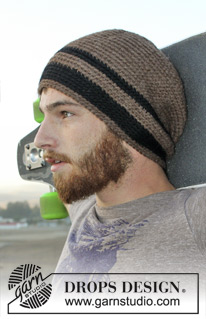
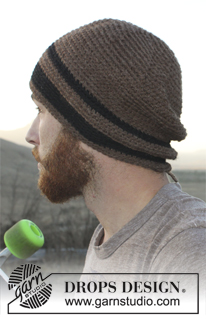



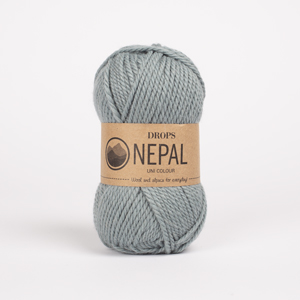
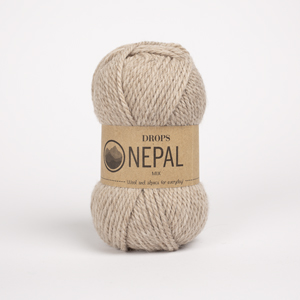
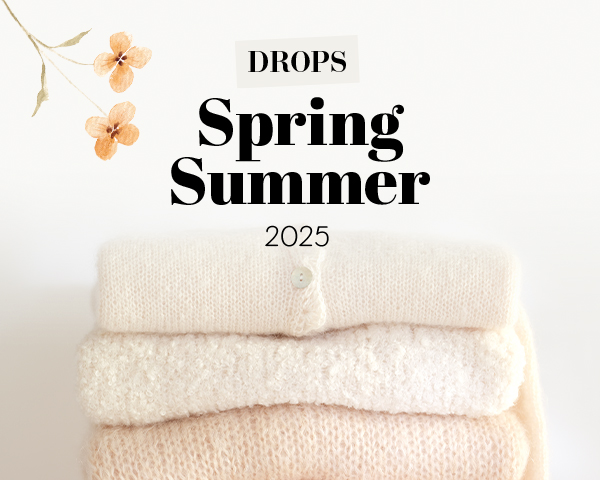
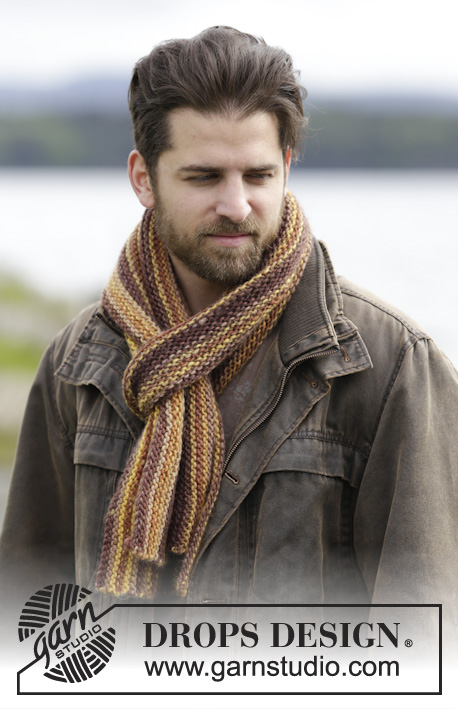
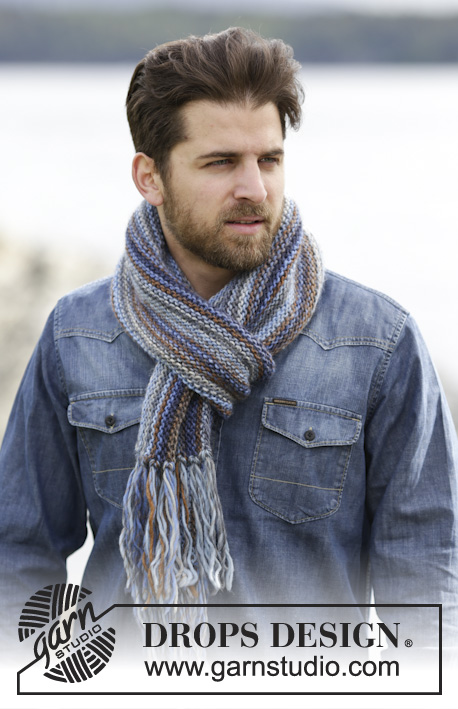
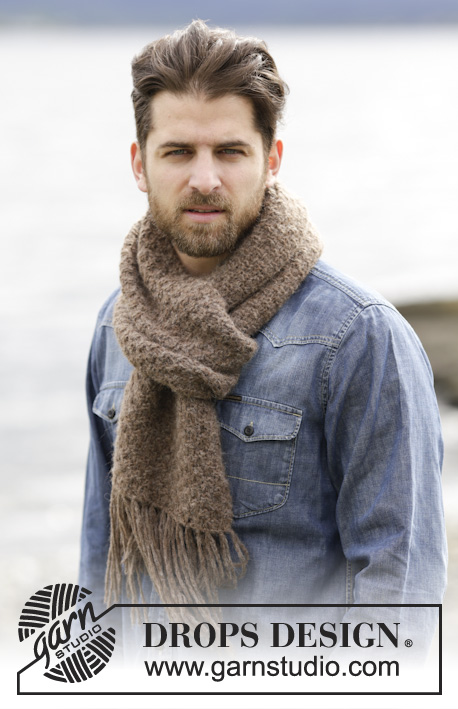
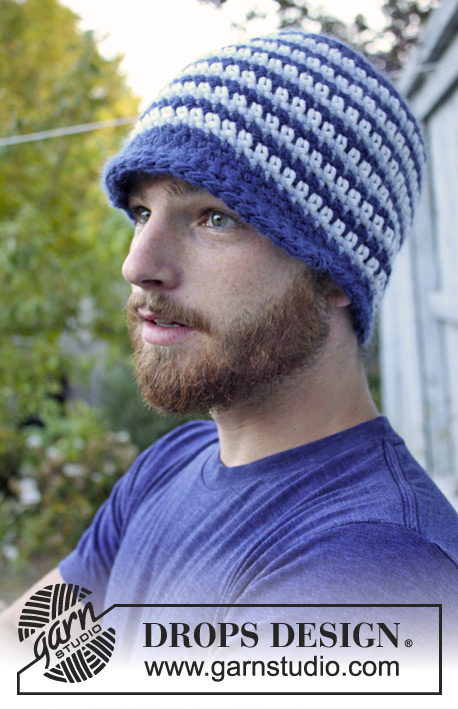












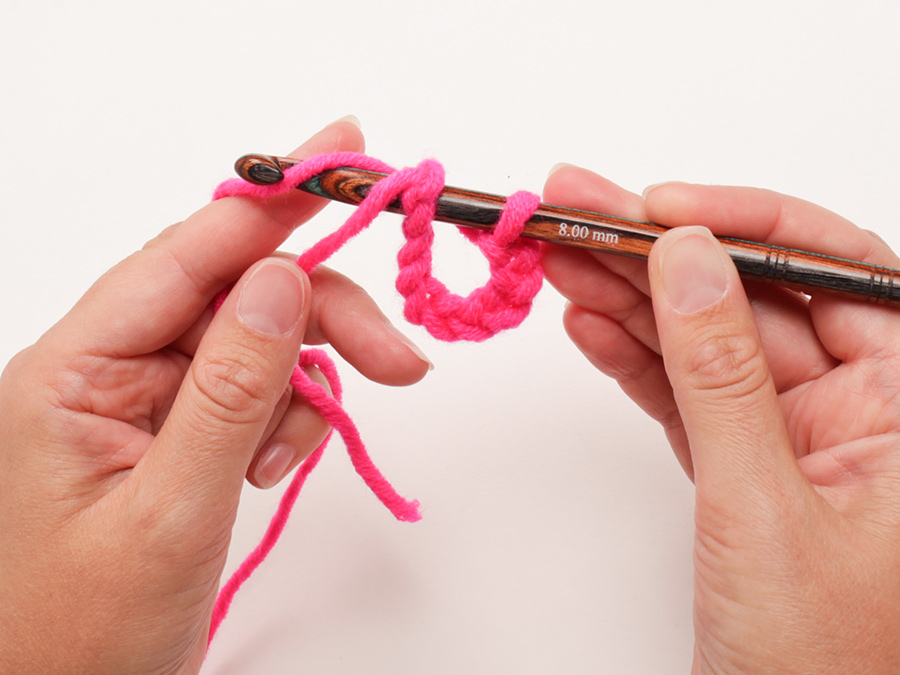

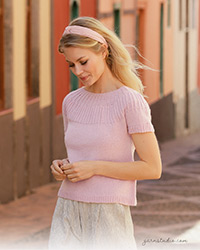
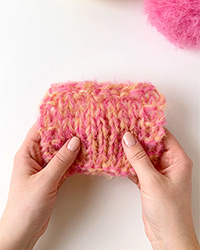
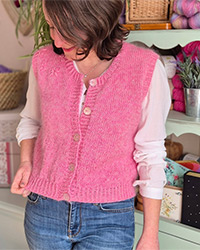
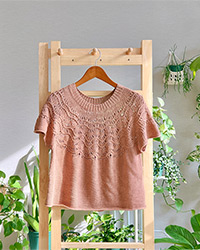
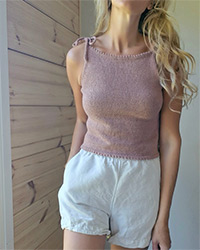

Post a comment to pattern DROPS Extra 0-980
We would love to hear what you have to say about this pattern!
If you want to leave a question, please make sure you select the correct category in the form below, to speed up the answering process. Required fields are marked *.